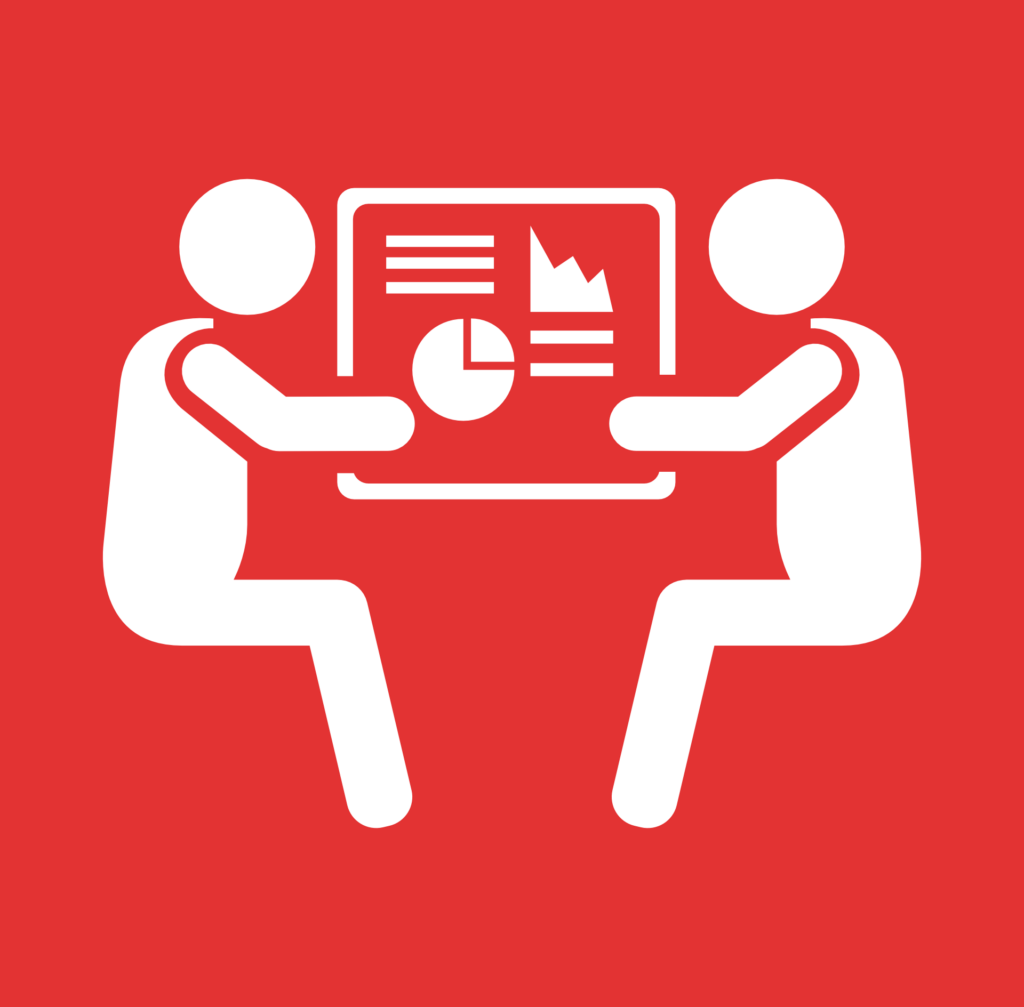Group M HR Data Analyst
Group M HR Data Analyst position
I saw Group M posted this job advertisement on 7 Aug 2021 and decided to help you identify the skills you require for the job. The link to the job advertisement can be found here https://www.linkedin.com/jobs/search/?currentJobId=2669934758&pivotType=jymbii

And these are my opinion on what you need to have to excel in the job.
Reporting to the Head of HR
The HR Analyst is reporting to the Head of HR. This means that the person must have some knowledge of HR matters. This is what we call domain knowledge.
Experience with tools and languages such as Tableau, Microsoft Power BI, SQL, R, Python
The HR job advertisement stated that you should have some experience in tools and languages such as Tableau, Power BI, SQL, R, and Python.
Tableau and Power BI are tools for Data Visualization. If you know one of the two, you can easily pick up the other. If you do not know both, I would suggest you start with Power BI because it is free and easy to pick up if you have experience working with Microsoft Excel. The way Power BI works is similar to Excel and pick up the skill would be easier for you.
SQL is a database language and most people do not know how to use it. You don’t really need to know SQL to use Power BI. It is designed for business executives who have no knowledge of SQL. I believe in Group M, there are database experts who can help write the SQL for the reports.
R is a language for statistics and Python is for programming language. Python is more versatile. But there is no need to use them unless you have to perform some complicated statistics. Power BI already has statistical features to get you started.
Demonstrable experience of aggregating data from disparate HR systems
Disparate HR systems could be caused by deferring systems in different countries or by the use of different systems for different HR functions such as leave, payroll, LMS, etc.
The best way to aggregate data from the disparate systems is to download the data from these systems into Excel and use Power BI append or/and merge functions to combine them together.
Experience with statistical techniques like regression and predictive modelling, data mining and text analytics
Strong applied mathematical, statistical and analytical skills
The 2 requirements mentioned are very interdependent. You need statistical skills to apply regressions and for predictive modelling. You need analytical skills for Data Mining and text analytics.
Data mining skill is important for data analytics and text analytics. These 2 should be the first set of skills to acquire. Regression and predictive modelling come after. If cannot do the data analytics part, there is a low chance you can do the regression and predictive modelling.
Effective communication skills including the ability to tell stories using data
Data Storytelling is about explaining the visuals you have created in layman terms. It could also be a personalized message that each team or individual gets from the visuals (processed data) you have generated. To be a good storyteller, you need to make the audience understand how the visuals are connected to one another and related to them.
What you need to Ace your performance for the first year
First three months
Collating the data sources from the various countries in the region. Evaluate the quality of the data. I would probably think that filling in the missing data from each database is a good start.
You should be familiar with Power BI / Tableau. Choose Power BI because it is low cost and easy to use.
Equip yourself with good Pivot Table skills to manage the transactional HR data.
You can consider our “Hidden Secrets of Data Analysis in Excel” course if you do not have the relevant skills for this job or others.
In six months
Be proficient in merging and appending data. If you are proficient in this area, you will be able to aggregate data horizontally and vertically. This function is readily available in Power BI. You need to know how to use it effectively.
Effective visuals are dependent on the audience. Different audiences respond differently to different visuals. Knowing a basic set of visuals would give you a good start. It doesn’t have to be fanciful visuals. Just make sure that the visuals are easy to understand.
You can consider our Data Analytics course and/or Power BI course if you do not have the skills yet.
In twleve months
If you are doing it right, meaning that you know how to import a set of raw data into Power BI and clean the data from within Power BI, the visuals (I wouldn’t call them reports) would have been generated automatically. There is no need to put in extra effort for the automation part if you are doing it right from the beginning.
The data integration is done through the Merge and Append functions. All you need for the integration is Excel data files downloaded from various systems. You can work with the database specialist if you wish to pull the data directly from the system.
If you totally have no experience on data analytics, I suggest you pick up Excel first and get used to clean data manually. Then consider taking our Hidden Secrets of Data Analysis in Excel course to progress to the next step.
Finally, take our data analytics course to aggregate the data together. Alternatively, take our Power BI course. It would be easier if you learn data analytics first before learning Power BI. The skills you acquired in data analytics would be very useful when you jump into Power BI.
The write-up is based on my own understanding of the job requirement, using the experience I have acquired from the past 30 years.



